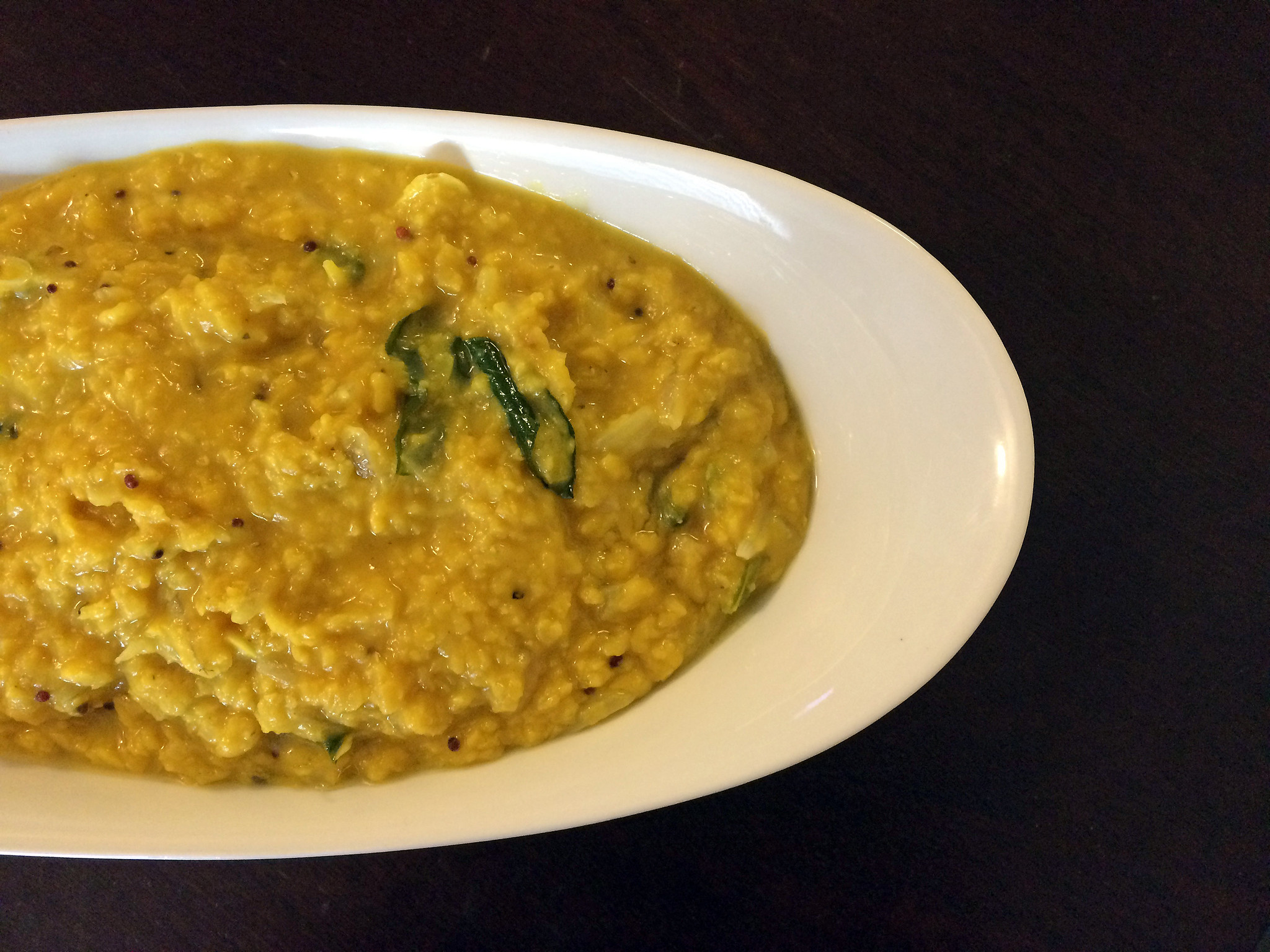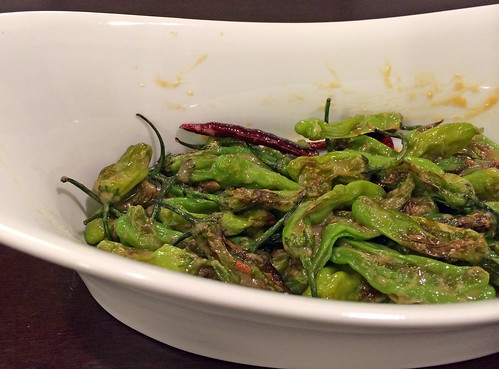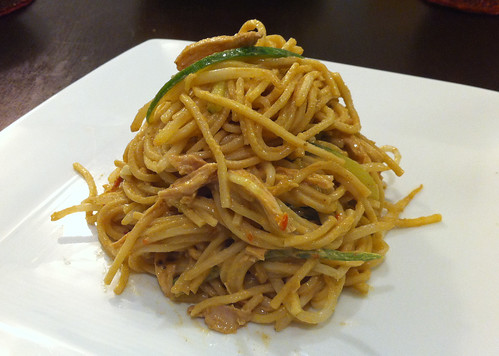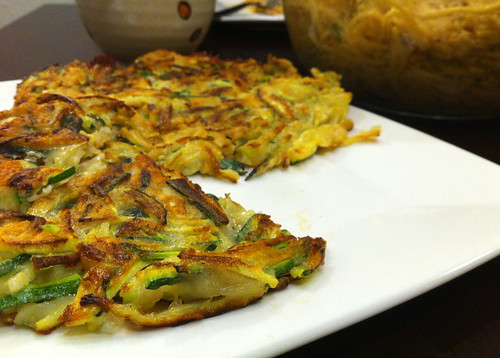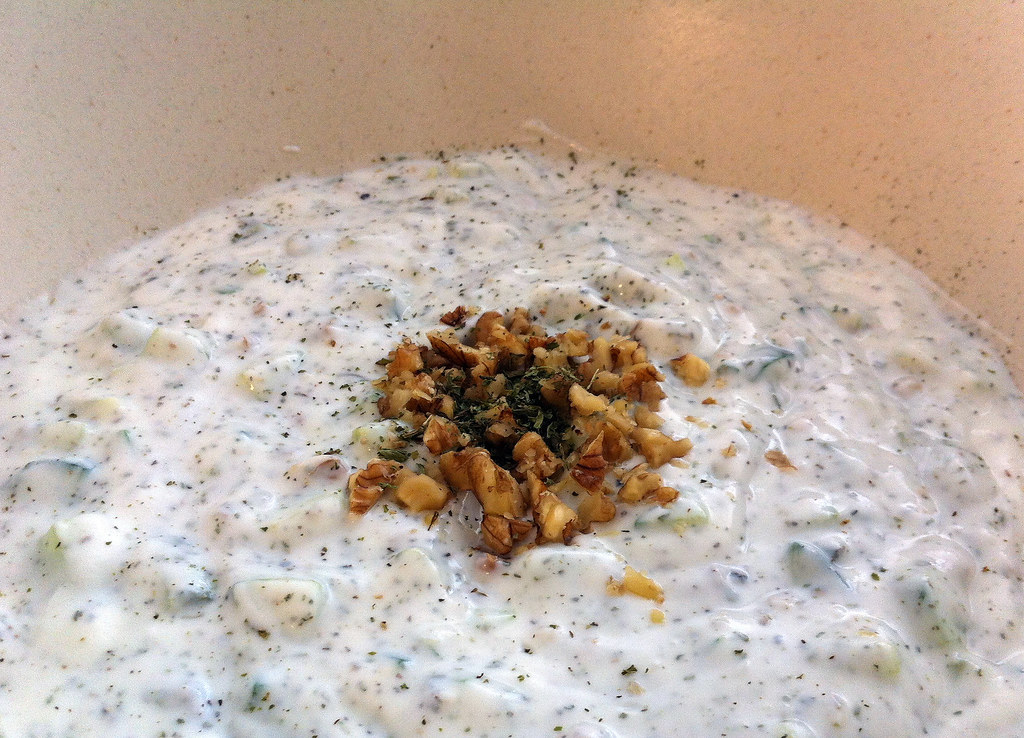Parippu is to Sri Lankan cuisine as adasi is to Iranian cuisine. They’re both lentil stews, but the difference is all in the seasonings.
I grew up with adasi, redolent with garlic, onions, turmeric, and angelica powder. These days, I’ve developed a taste for parippu, which soaks up the flavors of coconut milk, lemongrass, curry leaves, and chiles. This is comfort food at its finest. Best of all, it tastes even better the next day.
Ingredients:
- 1/2 pound red lentils
2 cups water
1 onion, chopped
2 green chiles, sliced
2 cloves garlic, sliced
1/8 teaspoon pandanus/pandan leaf extract (optional)
2-inch stalk lemongrass
1 cinnamon stick
1 cardamom pod
1 clove
1/2 teaspoon turmeric powder
1/2 cup coconut milk
salt
1 sprig curry leaves
1 teaspoon black mustard seeds
2 dry red chiles
1. Wash and drain lentils.
2. Bring water to a boil in a medium pot. Add lentils, half of the onion, green chiles, garlic, pandanus extract, lemongrass, cinnamon stick, cardamom pod, clove, and turmeric. Cover and simmer until lentils are soft, about 25 minutes.
3. Add coconut milk and salt. Cook for an additional 5 minutes, stirring occasionally.
4. In another pan, heat oil for tempering. Saute onions and curry leaves until onions are translucent. Add mustard seeds and dry red chiles. Fry until mustard seeds begin to pop, about 1 or 2 minutes. Pour over lentils and mix well.

